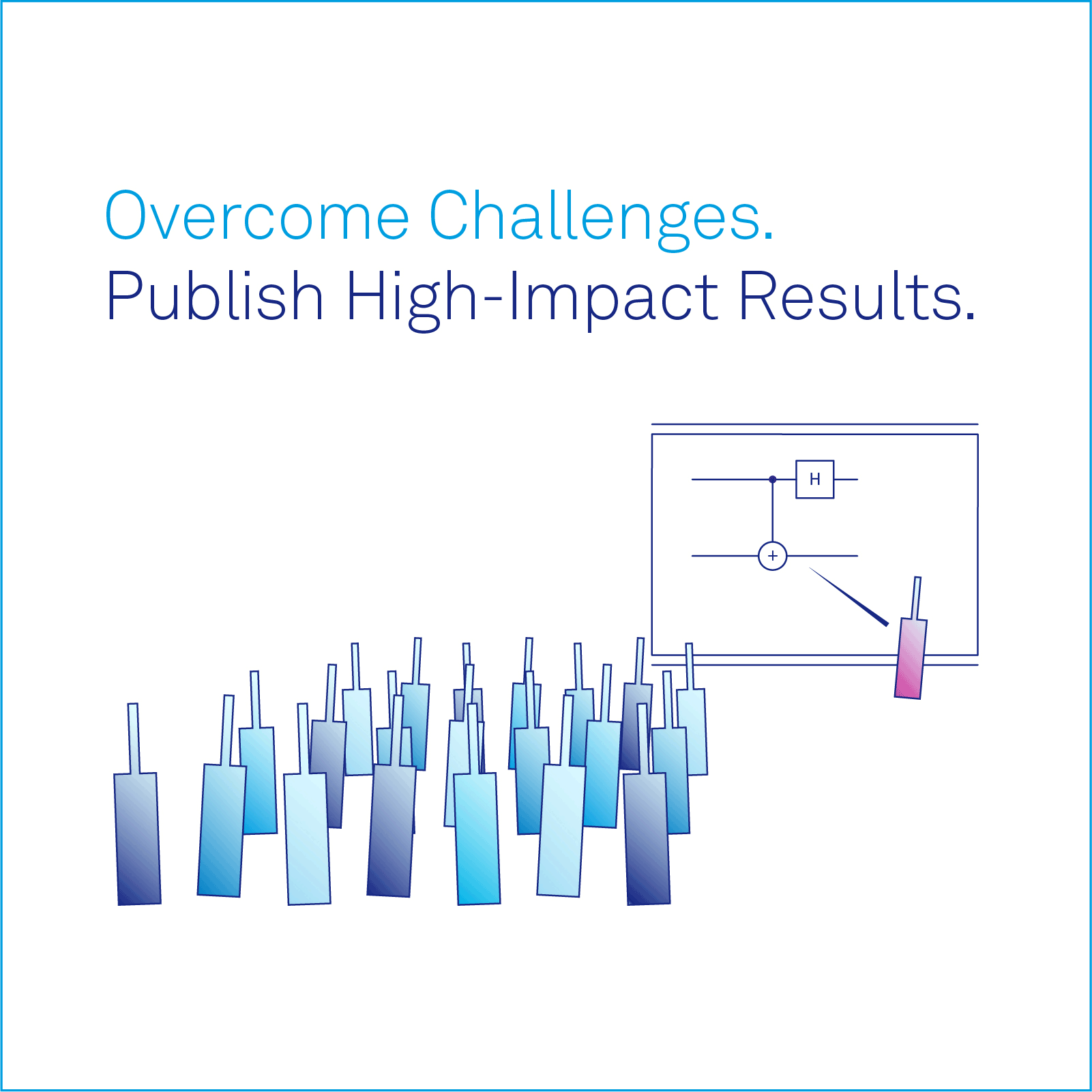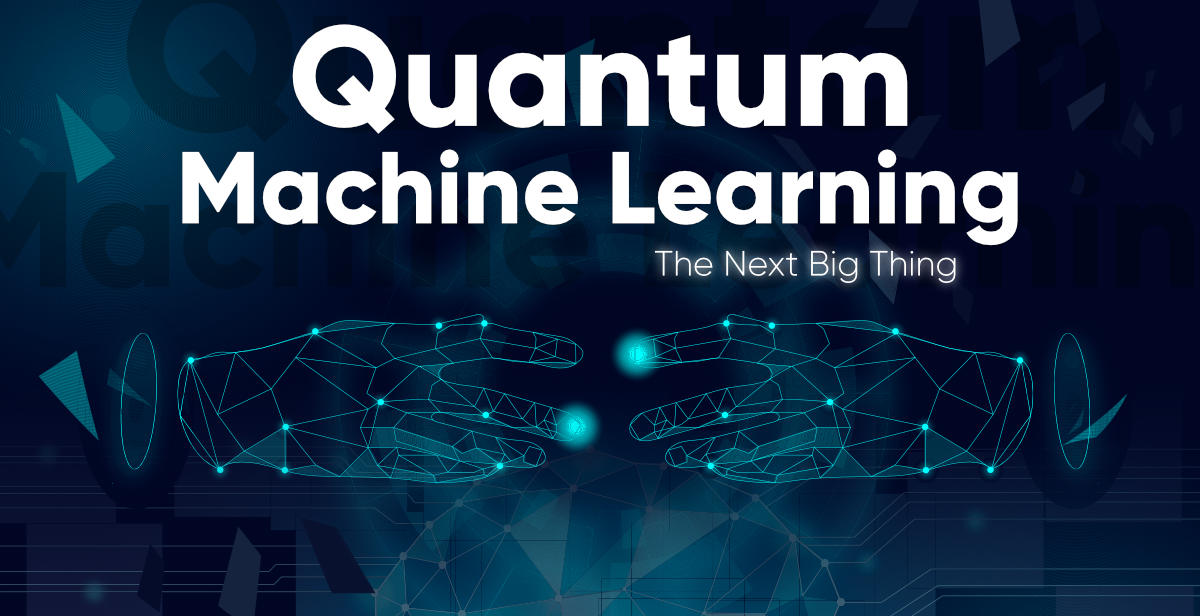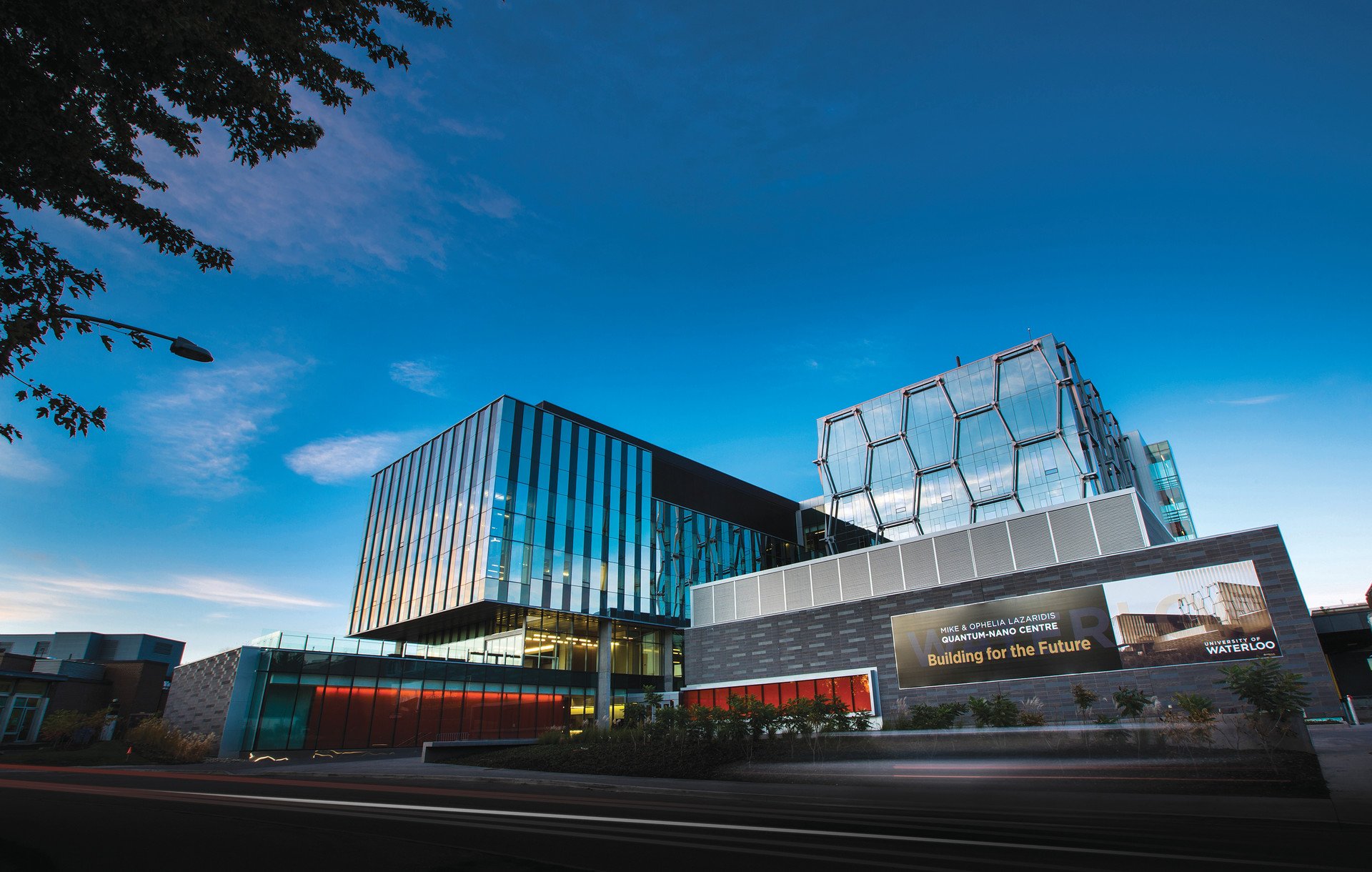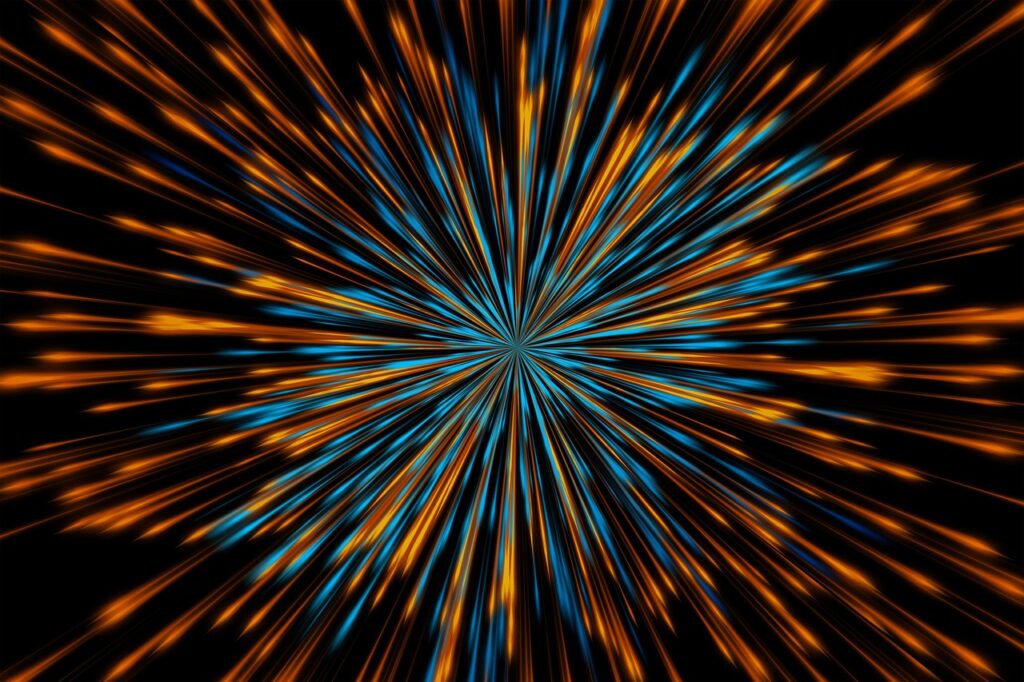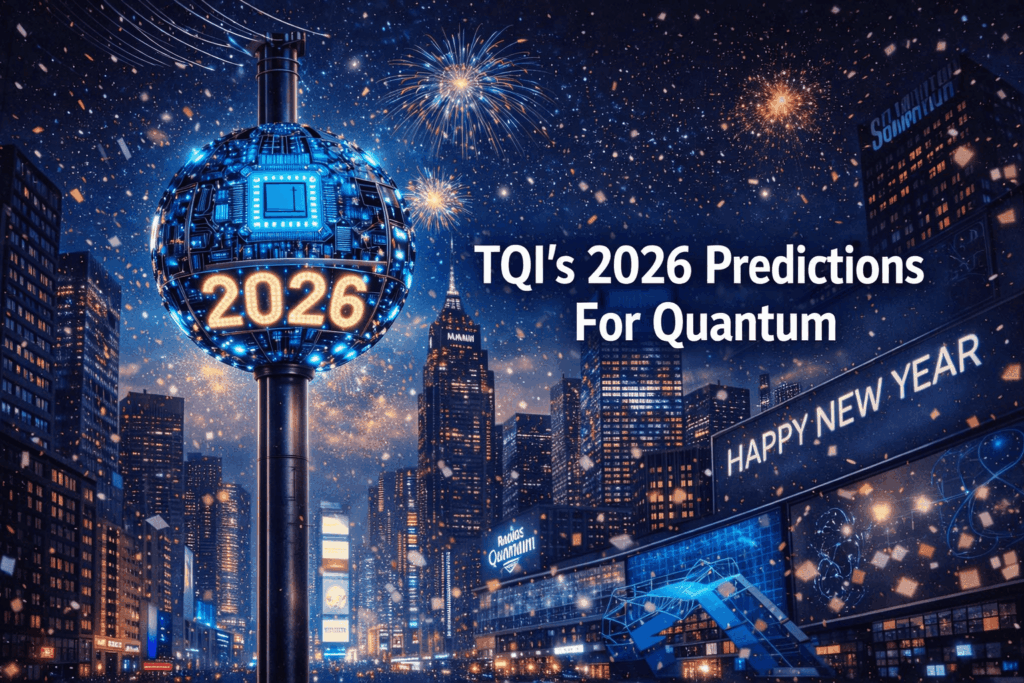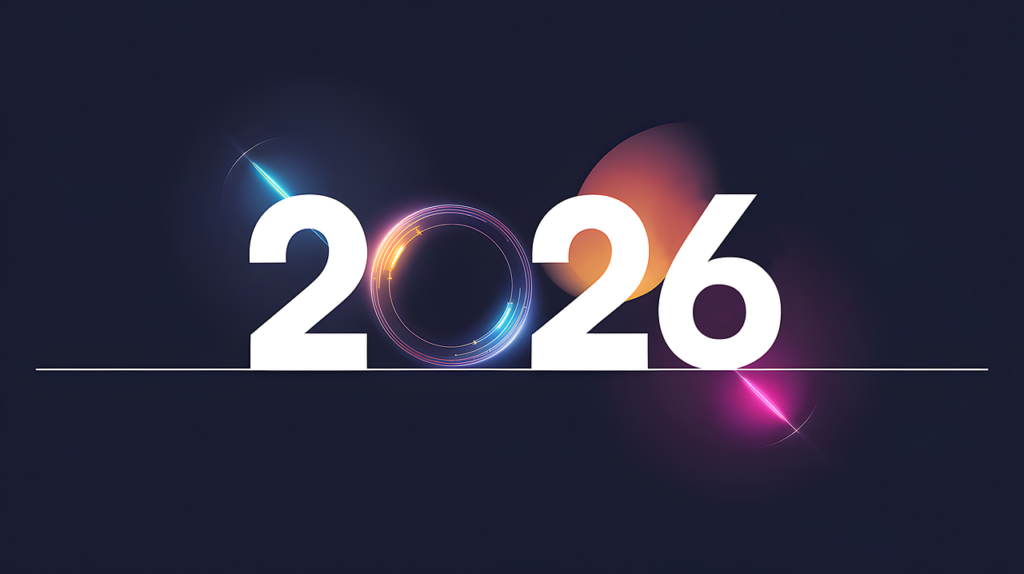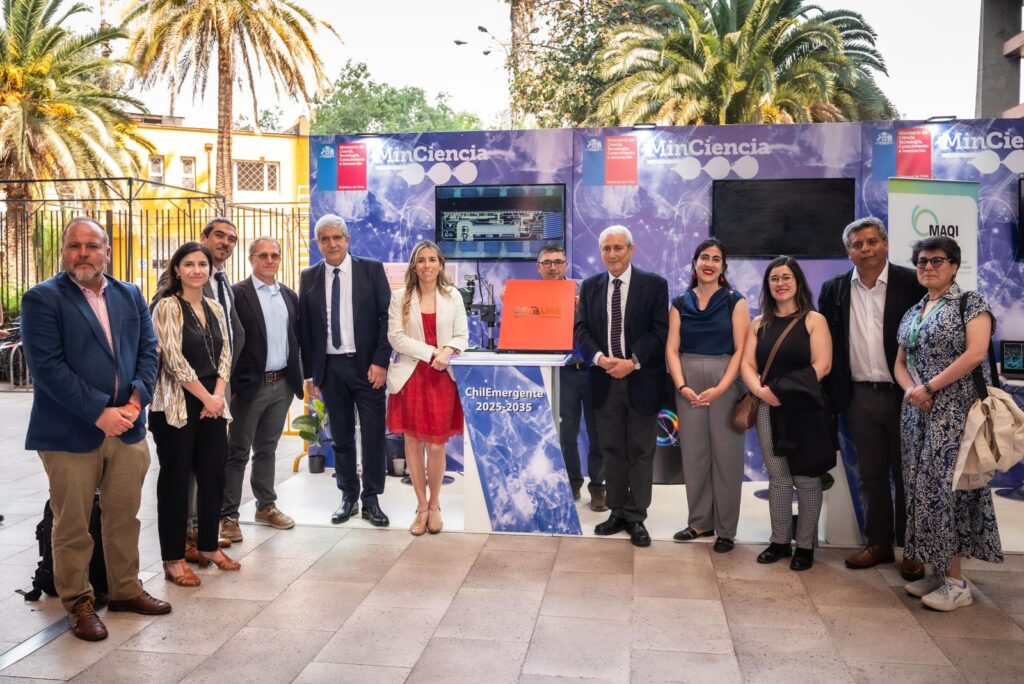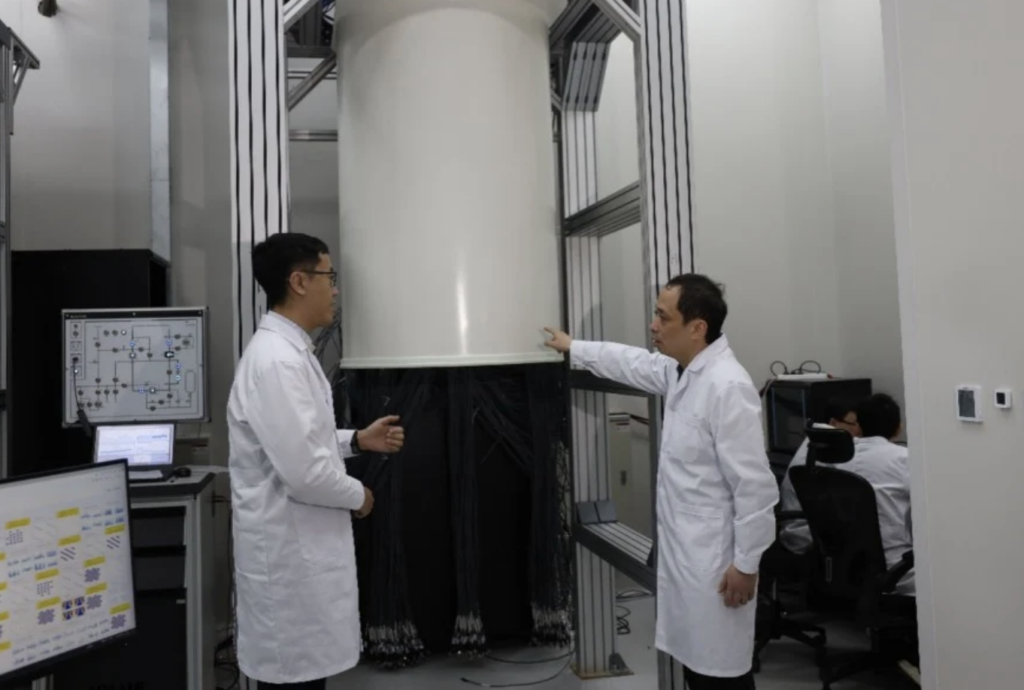Insider Brief
- Penn State researchers have developed Q-Fusion, an AI system that automatically generates valid quantum circuits using a diffusion-based approach.
- The system achieved 100% validity across thousands of test cases, meaning every circuit it produced followed the rules of quantum mechanics and could run on real quantum hardware.
- Unlike earlier methods, Q-Fusion learns directly from data by treating circuits as one-way flowcharts and training itself to build correct circuits by reversing added noise.
A recent study from Penn State researchers introduces a diffusion-based approach to automatically generate valid quantum circuits—offering a scalable alternative to today’s labor-intensive quantum programming methods. The proposed framework, dubbed Q-Fusion, achieved 100% output validity and demonstrates promise for accelerating progress in quantum machine learning and quantum software development.
The study, published on the pre-print server arXiv, builds on the field of Quantum Architecture Search (QAS), which aims to automate the design of quantum algorithms. While prior QAS efforts have relied on reinforcement learning, large language models (LLMs), or variational autoencoders, these methods have encountered limitations with scalability, training complexity, and the need for expert-defined heuristics. Q-Fusion replaces these with a graph-based diffusion process that learns to generate quantum circuits — which are step-by-step set of instructions, or code for a quantum computer — in a fully automated manner.
The researchers — Collin Beaudoin and Swaroop Ghosh, both of Penn State — report that Q-Fusion’s ability to produce 100% valid quantum circuits in all experiments is considered key requirement for any practical quantum application. To understand why this is important, you could think of a quantum circuit as a recipe for a quantum computer. If the recipe has missing steps or ingredients, the end result might not be a great culinary experience. Here, the researchers are saying that when circuits are “100% valid,” the AI never made a broken or impossible recipe. Every one followed the rules of quantum physics and could, in theory, be run on a real quantum computer.

The team said the system produced unique, functionally meaningful circuits across different hardware constraints, including both fixed (non-parametric) and flexible (parametric) gate sets. The approach even scales to larger circuit sizes and qubit counts, although challenges remain for evaluation due to the exponential growth of quantum state representations, according to the paper.
How Q-Fusion Works
One of Q-Fusion’s innovations rests in treating quantum circuits as directed acyclic graphs (DAGs) — essentially a one-way flowchart with no loops — where nodes represent quantum gates and edges represent qubit connections. This structure is compatible with a class of diffusion models known as LayerDAG, which the authors adapted for quantum-specific constraints.
The model works by adding noise to a clean circuit graph and training the diffusion process to denoise it step-by-step. In other words, it takes a good quantum circuit, scrambles it slightly (this is where the adds “noise” comes in), and then trains itself to clean it up. Then, over time, the system learns to recover meaningful quantum circuits from an initially noisy representation. Once trained, the model can generate entirely new circuits by reversing the process—starting from random noise and gradually refining it into valid quantum DAGs.
Unlike LLM-based approaches that treat circuit generation like language modeling, or reinforcement learning that requires trial-and-error with human-defined rules, Q-Fusion learns the patterns of circuit structure directly from data. This bypasses the need for hand-crafted heuristics and enables the model to discover novel circuit layouts.
Circuit Validity and Uniqueness
In experiments, the researchers trained Q-Fusion on thousands of randomly generated circuits using gate sets compatible with IBM’s Heron architecture. For 2-qubit circuits with 8 gates, the model achieved 100% generation validity, with over 40% of outputs being functionally unique. For larger 5-qubit, 32-gate circuits, the model still maintained 100% validity, though uniqueness and meaningfulness dropped, reflecting the increased difficulty of constructing large-scale quantum logic.
The researchers also explored performance using parametric quantum circuits (PQCs), which are foundational to quantum machine learning. Here, the model reached 100% validity and demonstrated promising expressibility values, a measure of how well a PQC can represent complex transformations. However, only about one-third of the generated PQCs passed a basic test of functional “meaningfulness,” highlighting ongoing challenges in evaluating quantum models without downstream task performance.
Quantum Software Development Implications
Automating quantum circuit design has long been a goal of the quantum software community, particularly in the Noisy Intermediate-Scale Quantum (NISQ) era, where quantum hardware is limited and error-prone. Programming circuits manually remains a bottleneck, requiring significant expertise and trial-and-error to avoid physical and logical errors.
Q-Fusion points toward a more scalable future, where models can rapidly explore vast design spaces and generate circuits that are physically viable on actual quantum hardware. The authors note that diffusion models offer advantages over generative adversarial networks (GANs) and other common generative techniques due to their stability and flexibility with graph-structured data.
Q-Fusion also incorporates hardware-specific constraints such as limited qubit connectivity and native gate sets, ensuring that generated circuits can potentially be deployed on real quantum devices without extensive post-processing.
Limitations and Future Work
As with all advances, the study acknowledges limitations. For example, evaluating quantum circuit functionality remains difficult at scale due to the exponential size of quantum state representations, such as density matrices. Classical simulations become infeasible for circuits with many qubits, and current techniques for assessing circuit “meaningfulness” are approximations at best.
Another challenge is that Q-Fusion does not yet incorporate deeper quantum reasoning, such as recognizing when two consecutive gates cancel each other out, which is something that a human designer or an optimizer might catch. Future models could integrate quantum-aware logic to improve output quality further.
The training data is also synthetic, generated from random circuit configurations rather than curated real-world quantum algorithms. Access to large, labeled datasets of functional quantum circuits would enhance the model’s ability to generate circuits for specific tasks or applications.
It’s also important to point out tht parameter tuning for PQCs is not handled by the model itself. While Q-Fusion can generate the structure of a PQC, optimizing its performance for machine learning tasks still requires classical post-processing or integration into hybrid workflows.
Outlook
As quantum computing continues to mature, tools like Q-Fusion could play an essential role in making the technology more accessible and productive. Automating the generation of valid, deployable quantum circuits will reduce the workload on quantum software engineers and accelerate the pace of experimentation.
The model’s diffusion-based approach is not only a strong alternative to other QAS methods but also opens new possibilities for combining machine learning with quantum program synthesis. It also aligns with trends in AI where graph-based diffusion models are showing strong performance across domains ranging from drug discovery to chip design.
The team writes: “Based on the results from both non-parametric and parametric quantum circuit generation as benchmarks, we believe that diffusion models hold significant potential to enhance QAS solutions. In the future, the proposed approach may facilitate the accelerated exploitation of quantum properties, offering promising advancements for complex problems such as quantum machine learning.”
For a deeper, more technically precise explanation of the work, which this summary story can’t provide, please review the paper on the pre-print server arXiv. Pre-print servers help researchers quickly distribute study results, especially in fast-moving fields, such as quantum computing; however, it is not officially peer-reviewed, which is a necessary step in the scientific method.





